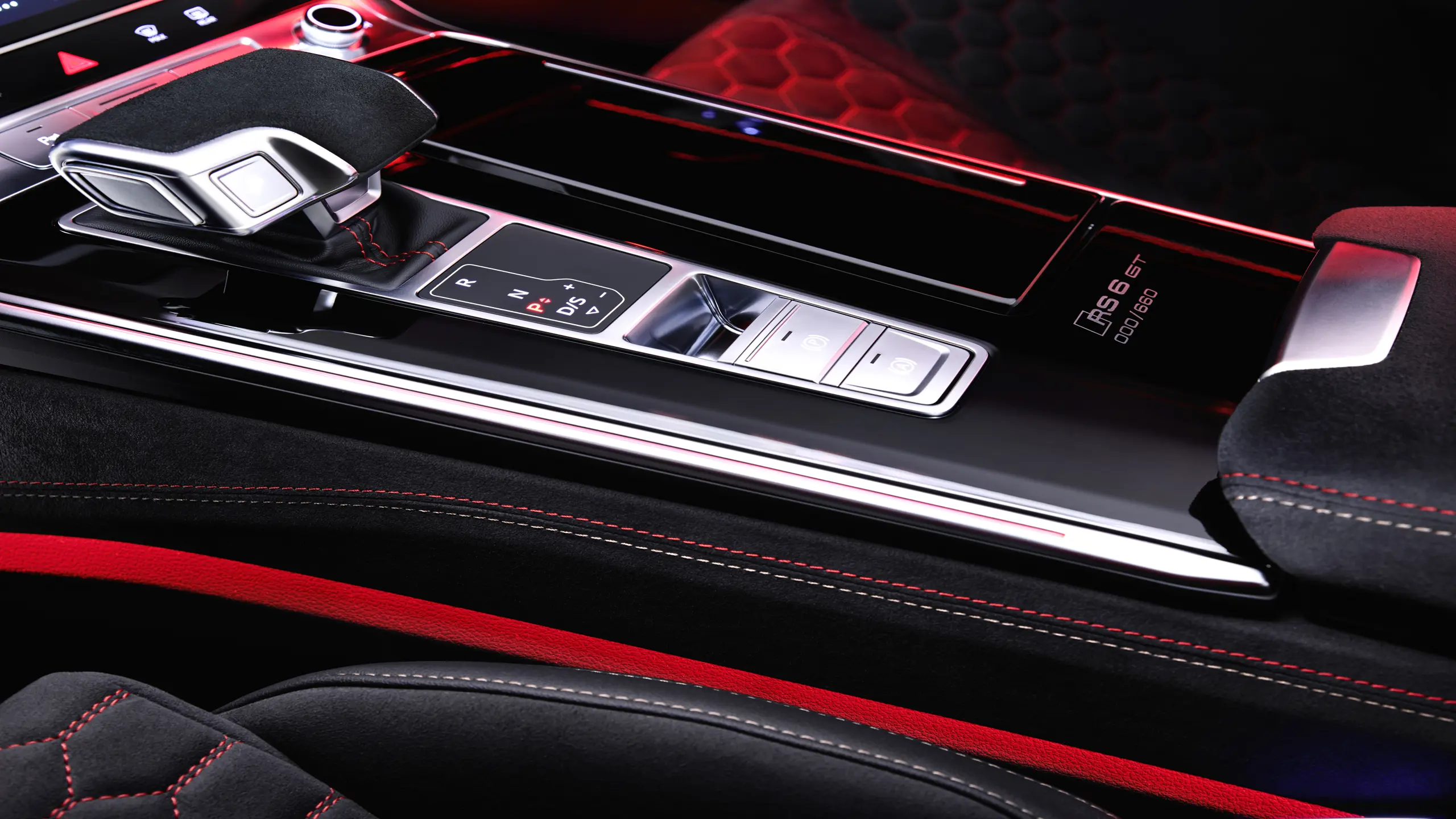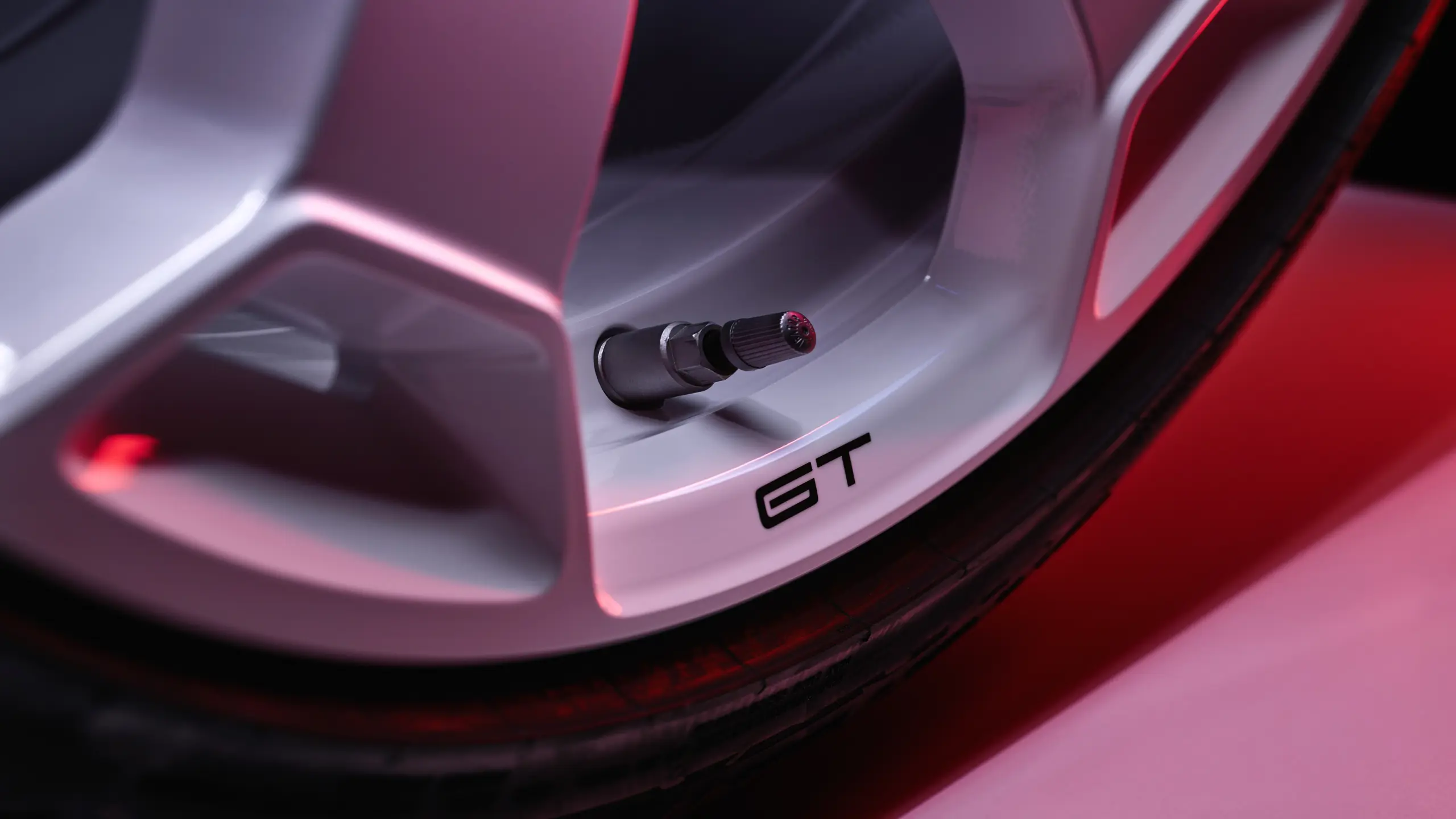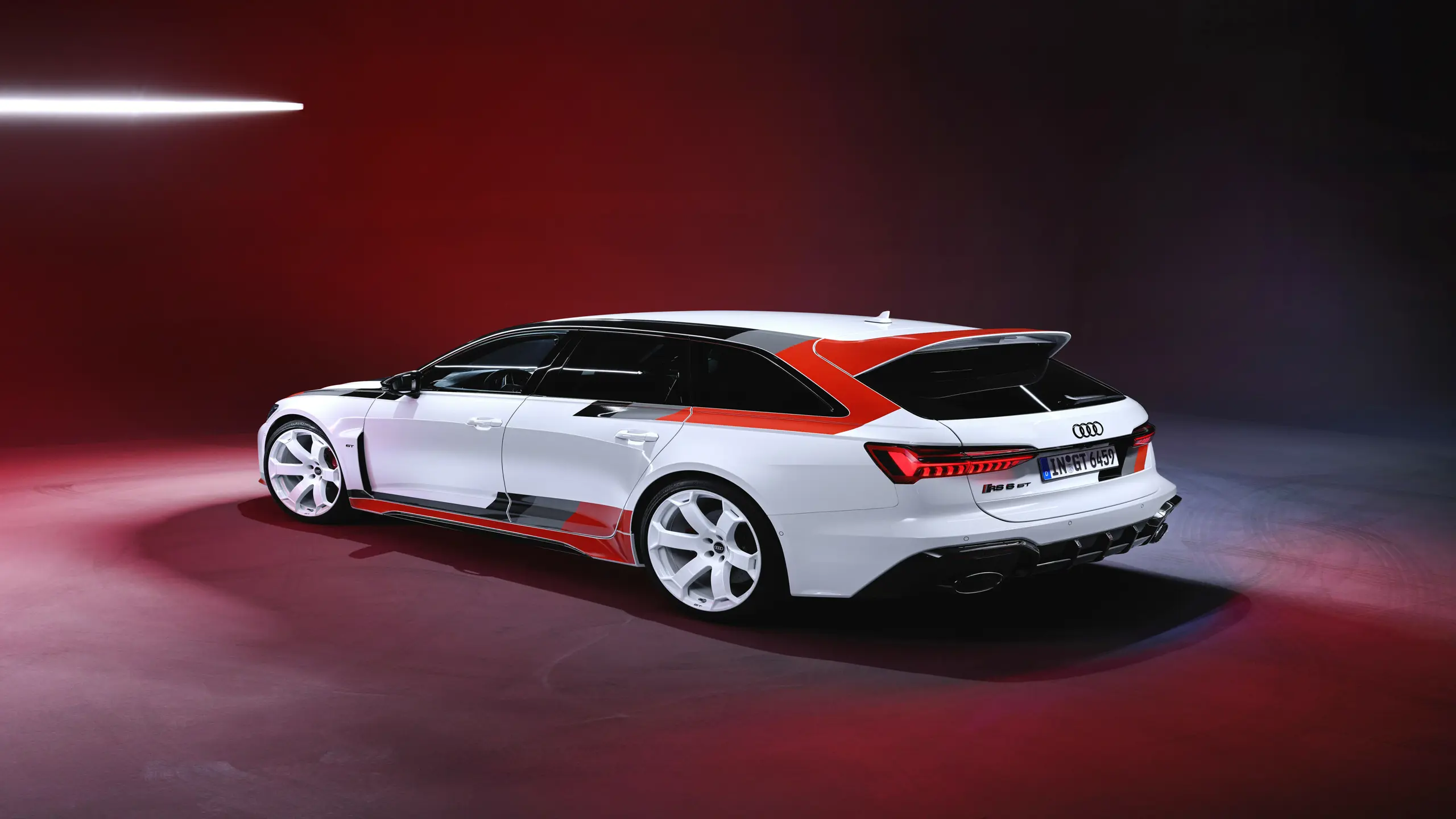Blending performance and a sleek design, the new Audi RS 6 Avant GT is set to become an icon. Produced in only 660 units worldwide, it is already on its way to becoming an essential vehicle in the annals of automotive history. This project took root in 2020. As part of the RS 6 GTO concept learning program, the new Audi RS 6 Avant GT is the result of the work of a team of twelve apprentices, all coming from the automotive world and its various professions. These twelve promising talents, specializing in automotive construction, mechanics, bodywork, automotive mechatronics, automotive painting, and tool mechanics, have leveraged their skills and expertise to create this new model, supported by Audi Design, in just six months. In their collective mindset, there was a desire to create a high-performance, innovative car, but also to pay tribute to a legendary model of the brand, the legendary Audi 90 Quattro IMSA GTO race car, designed in 1989. The finished product, now unveiled to the international public, demonstrates that the next generation is well and truly here and that the German brand is determined to let it express its voice and talent. Analysis of this already iconic new Audi model.


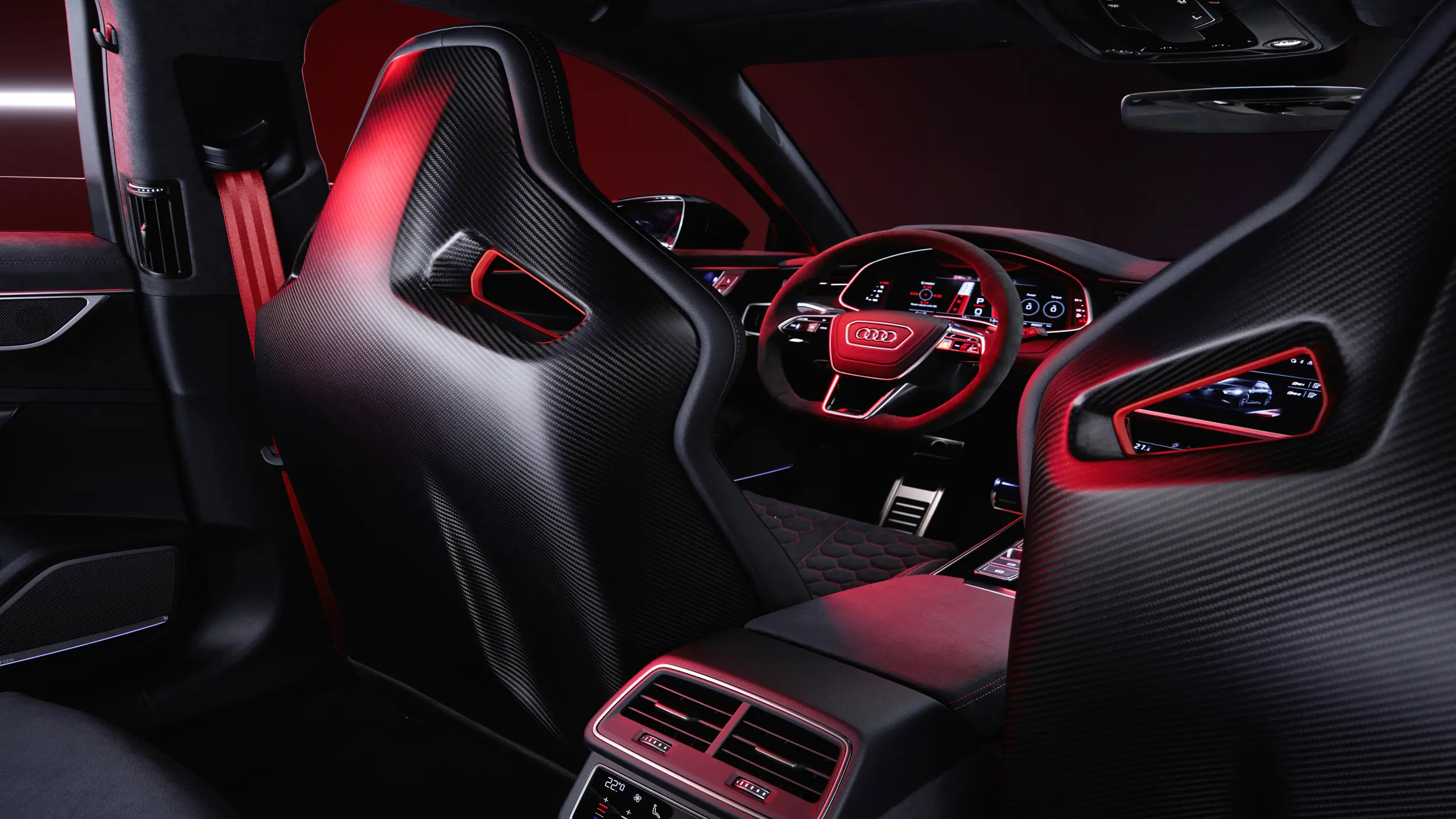
A Sleek Design
At first glance, the new Audi RS 6 Avant GT stands out with its design that is both elegant and aggressive, striking the perfect balance in a meticulously thought-out design. Partly inspired by the RS 6 GTO design, it differentiates itself from the lines of models such as the RS 6 Avant and the RS 6 Avant Performance. "The RS 6 GTO concept inspires the pronounced front. The Singleframe grille and the air intakes are fully painted in a glossy black finish. This gives the vehicle an even lower and wider stance," explain brand representatives in their press communication. Added to this aesthetic choice are vertical blades integrated into the aerodynamic front skirt, complemented by a redesigned air intake grille and an imposing front diffuser, giving the model a look of aggressive and assertive elegance. The choice of materials used also plays a leading role in the vehicle's appearance. For the first time, carbon is selected in the construction of the engine hood, its curves highlighted by the use of superior-quality paint. This finish thus enhances this part of the car by creating a contrast with the body color, thereby highlighting the sleek design of this construction element. Carbon is also chosen in the design of the fenders protecting the large wheels. This material then serves a dual purpose: it improves the vehicle's performance while simplifying its production. As a material of choice for the Audi RS 6 Avant GT, carbon is also echoed in the exterior mirrors and the 22-inch rims with a six-branch design. Here the finish is glossy, adding contrast, volume, and nuances to the overall aesthetics of the car from the first glance. While the front of the car received a lot of attention with a focus on detail, the rear has not been overlooked. "At the back, the special model stands out with the black "RS 6 GT" inscription, a tailgate specially matched to the design with a visually lowered loading threshold, a vented diffuser with a vertically placed reflector that gives the vehicle an even wider stance, as well as a double imposing spoiler inspired by motor racing. This was taken almost identically from the apprentices' prototype. For the first time in the history of the RS 6 Avant, roof bars have been removed to achieve an even more streamlined and sporty silhouette," was shared with the press. This quest for elegance, blending sophistication and the aggressiveness of a sports model, is found in the color range of the Audi RS 6 Avant GT. We then find the three color codes of the brand, red, black, and gray, which unite and complement each other to affirm the model's identity even more. Thus, the interior, where black dominates, plays on contrasts with stitching combining red and copper found on the steering wheel, various armrests, and side elements, as well as the central console. For the bucket seats, specially designed for this car, leather is paired with Dinamica, a microfiber produced partly from recycled polyester. Here again, the curves are highlighted by red stitching. Attention to detail will undoubtedly delight lovers of beautiful objects in search of a design taken to its pinnacle. It's noted that a decorative film can also be added, in white, black, or gray. As for the bodywork, five shades are available: Arkona white, Nardo gray, Chronos metallic gray, Madeira metallic brown, and Mythos metallic black. Finally, collectors will appreciate an elegant and precious detail, the numbering of the 660 models inscribed on the central console, immediately giving the car remarkable value.
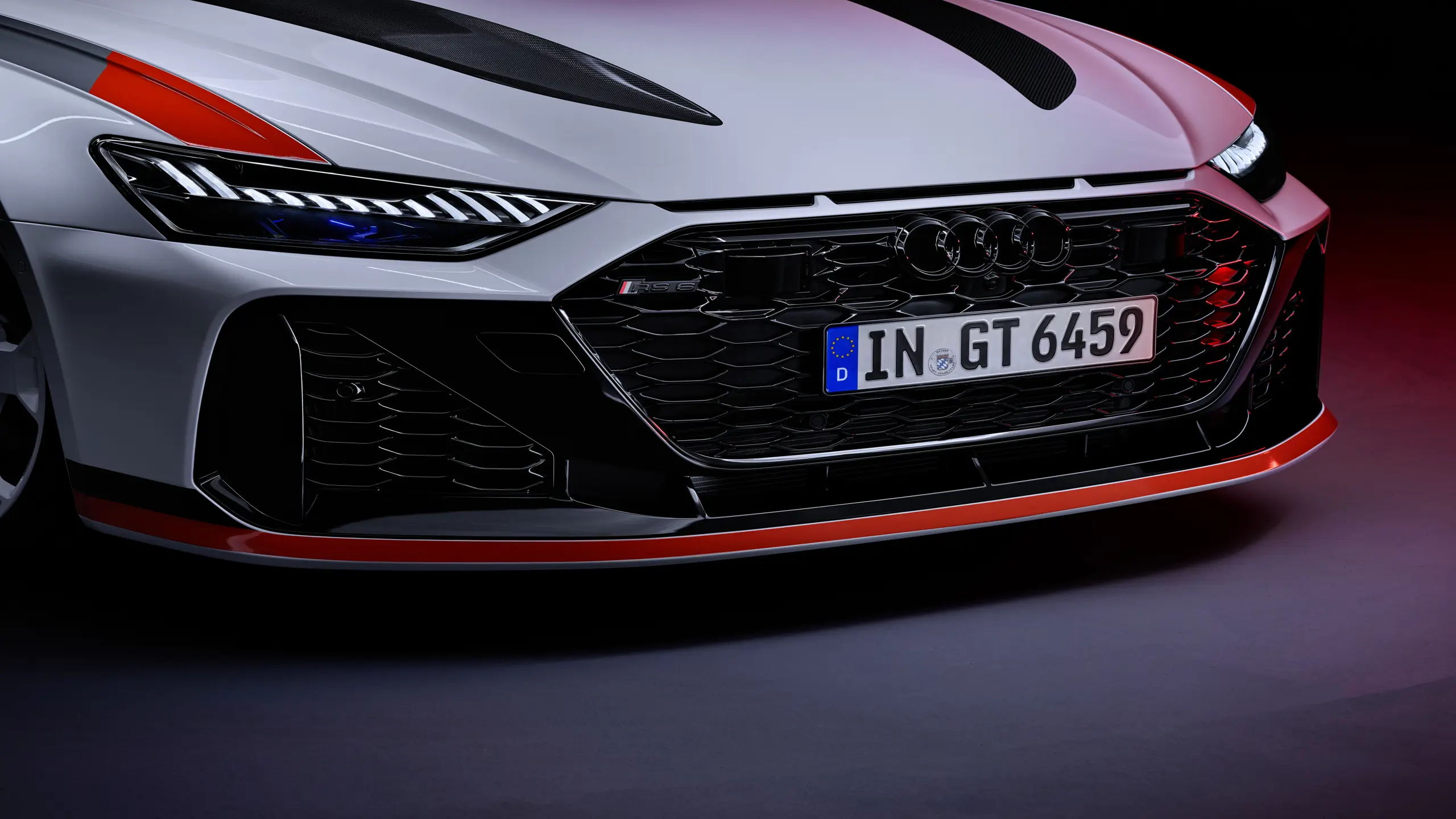
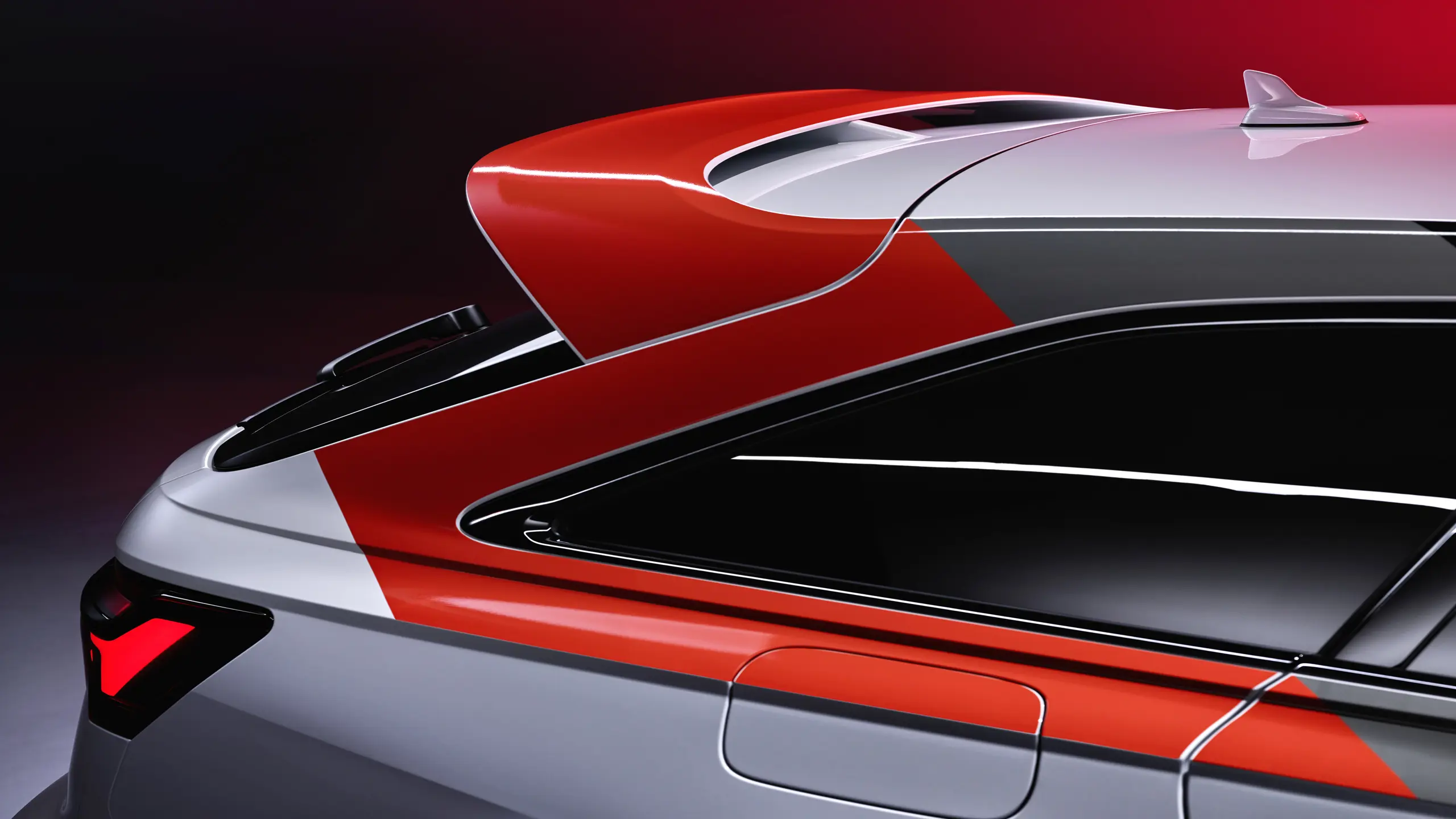
Unmatched Performance
While the aesthetics of the Audi RS 6 Avant GT is one of its major strengths, it primarily serves as the showcase for an exceptionally high-performance machine. With a power output of 463 kW, equivalent to 630 horsepower, and a maximum torque of 850 Nm, there's a significant increase from the base model (22 kW, or 30 hp, and 50 Nm for the previous model). Efforts to enhance engine power have resulted in remarkable performance, accelerating from 0 to 100 km/h in just 3.3 seconds. The Audi team provides some additional figures, "The RS 6 Avant GT accelerates to 200 km/h from a standstill in just 11.5 seconds, which is 0.5 seconds faster than the RS 6 Avant. The top speed reaches 305 km/h, and the RS ceramic braking system ensures rapid deceleration." Significant efforts have been made on the braking system and the lightweight and compact central self-locking differential, allowing power to be distributed to both the front and rear axles. This technology results in better traction during slip conditions, but also more precise handling. Finally, the creation of new settings, such as the dynamic driving mode, promises unparalleled sensations for an unforgettable sporting experience.
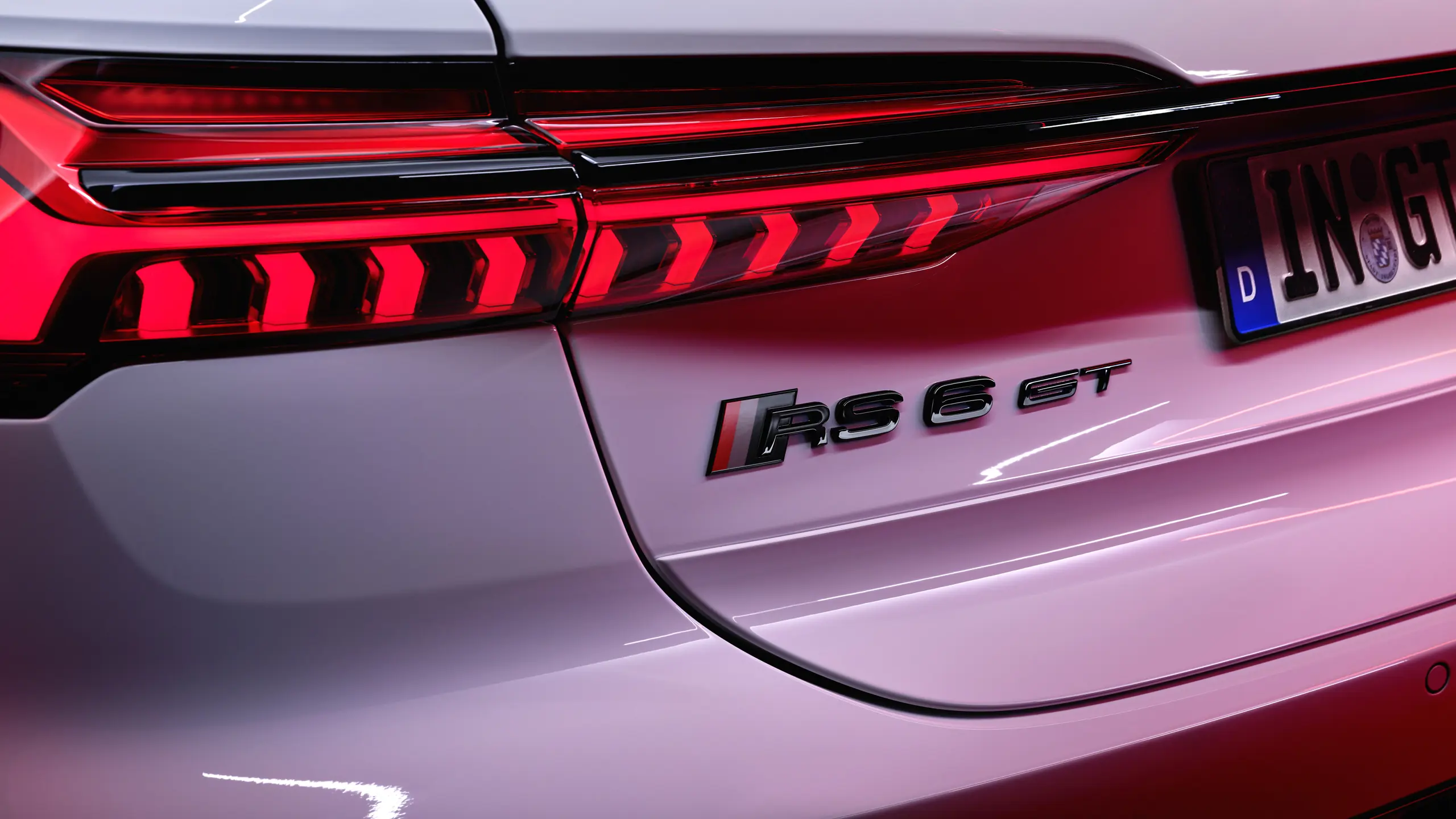
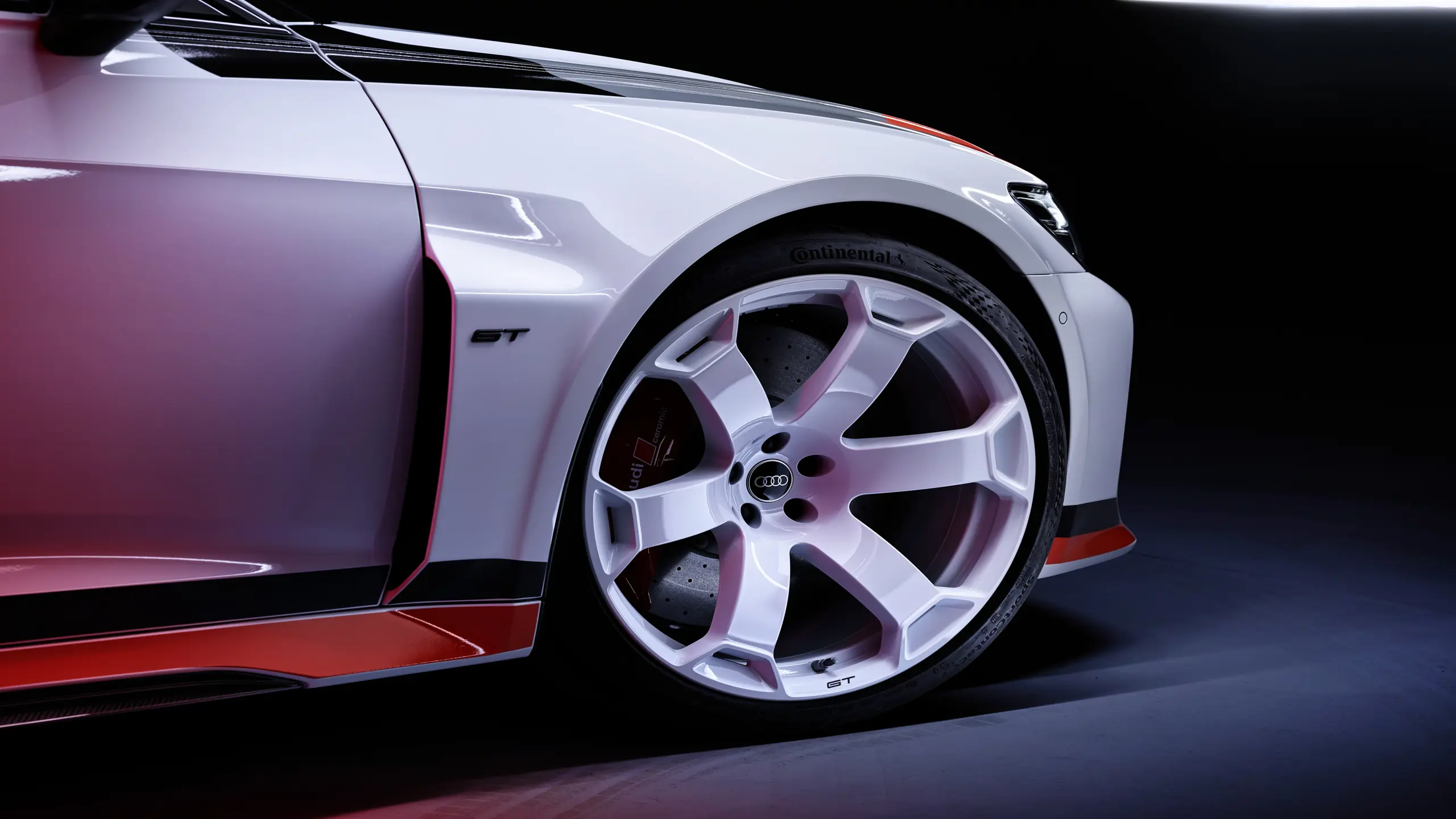
Audi Quality Assurance
To bring this model to life, its production line was divided into two locations. Initially, the construction and bodywork are carried out in Neckarsulm, before the vehicles are sent to the Böllinger Höfe factory. Located close to the main production site, this factory, which operates solely on green energy, already accommodates all small-series productions thanks to the great flexibility of its assembly line. Once the initial steps are completed in Neckarsulm, it takes only one day for seven members of the Audi team to carry out the specific arrangements and finishes for the model. It is here that wings, side skirts, engine hoods, spoilers, as well as front and rear skirts, and suspensions are installed. What makes this production chain special? The installation is performed by hand to ensure a flawless quality result, befitting an exceptional vehicle.

